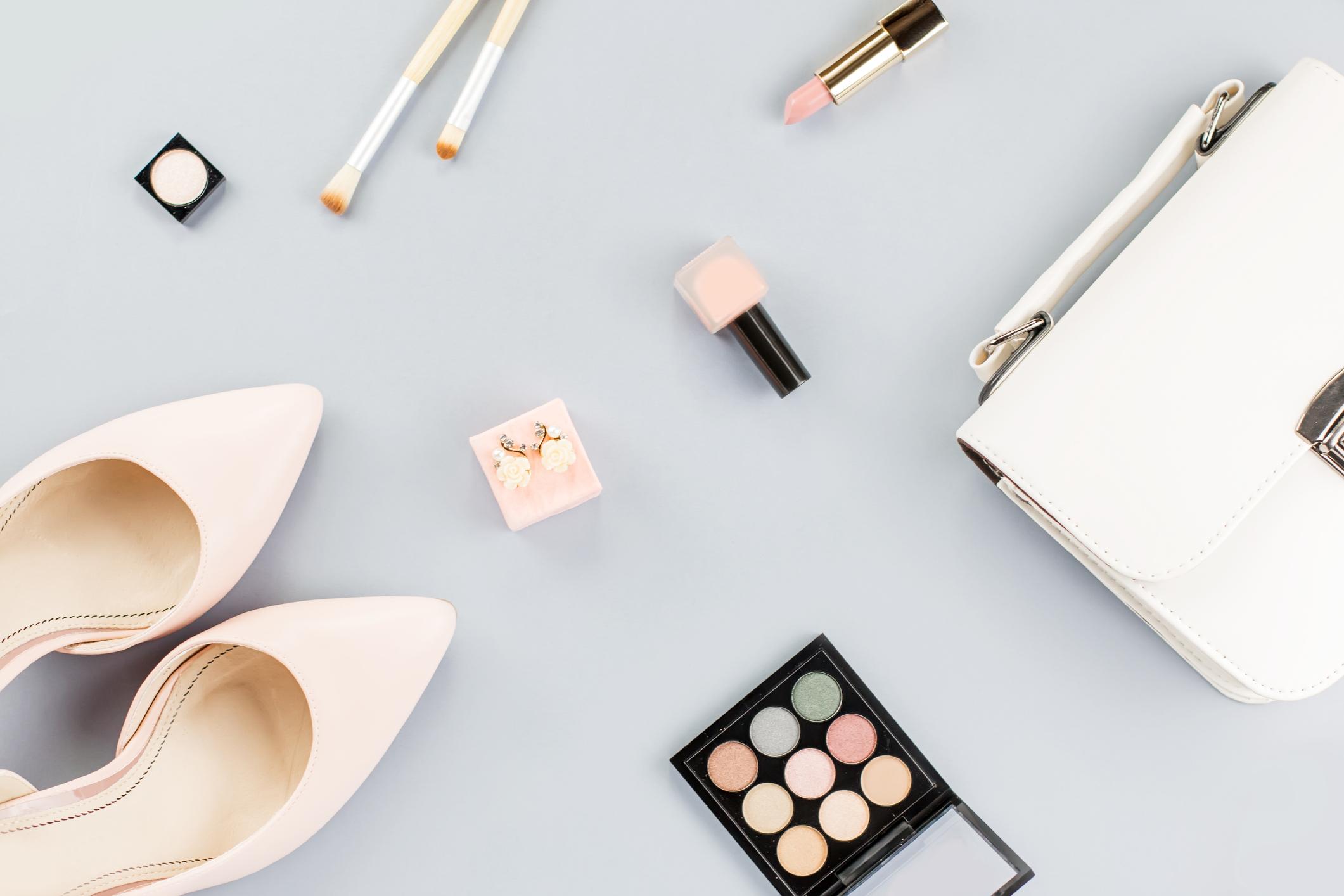
Interviewing is like trying out for a role in a play or a spot on a team. That means showing you know how to dress for the part.
There’s been a lot of buzz lately about a woman who was “seemingly denied a job after showing up to her interview makeup-free.” The story by Buzzfeed staffer Michaela Bramwell was published in the Work & Money column on April 8, 2024. Here’s a link to the article and the many comments:
“Woman Gets Denied Job For Not Wearing Makeup, Reactions Buzzfeed.com”
The post headline contains two provocative quotes: “Pretty Privilege Is A Real Thing” and “If a man doesn’t have to wear makeup to get a job, a woman shouldn’t either.” As a Career Coach who’s worked with hundred of professionals across decades, I’ve got a thing or two to say on the subject.
Pretty Privilege and Double Standards
I’m not denying that “pretty privilege” exists, or that it doesn’t play a role–unfairly or not–in hiring decisions. According to a November 2021 Forbes article (Attractive People Have a Big Advantage in the Job Interview (forbes.com) “Attractive people have an advantage in the job search and advancing in their careers.” This should be no secret to anyone reading this column. But the woman in question was hardly unattractive; she was merely un-made up. Back to this later.
In terms of double standards, no, men don’t have to wear makeup to get hired, but that’s not a norm for professional men in our time and culture. Men are, however, often expected wear neckties to be seen as polished and professional. Wearing a tie doesn’t apply to women for the same reason. Equality doesn’t mean identicality.
Before you get your knickers in a twist, let’s look at the subject from the perspective of job applicants and those who are screening/interviewing them. As I tell my clients, the three main considerations for any recruiter or hiring manager are these:
- CAN the candidate do the job? In other words, do they have the requisite skills, abilities, experience, credentials to perform the tasks associated with the role?
- WILL they do the job? Being competent is necessary, but not sufficient. Employers want someone who wants the specific job–not just a job, not just until something better comes along. Hiring is an expensive proposition, and those making the decisions want to get it right.
- How will they FIT into the team, department, organization? Is this someone we want to work with? How will they adjust to our cultural norms? How well can they represent our “brand” to our clients, customers, stakeholders?
Given a choice among 3 candidates–all of whom are both keen and qualified- who do you think is going to get the offer? Yup, the one who’s perceived to be the best fit.
Fitting In
Let’s talk about what constitutes fit. It’s a combination of factors that indicate the individual can and will adjust not just to the role, but more broadly to the company culture as a whole. This includes considerations like how someone with nothing but big company experience will fit into a lean and agile start-up. Will a leader used to a clearly defined hierarchy be able to get things done in an environment where role-related authority is supplanted by influence and persuasion? Can a manager hired into a matrixed organization shift a “command and control” style to a more delegative approach? Although none of these factors is directly related to the individual’s ability or willingness to perform the duties listed in the posting, a job is more than the tasks.
Probably none of you would quibble about using these “fit factors” in evaluating potential candidates. So what’s the problem with evaluating appearance? Before you start jumping up and down, I’m not talking about inherent attractiveness. Very few people are so stunning that their looks overshadow everything else. But how we present ourselves is a part of the total package we bring to the table, and like it or not, what we look like is the first thing that people see when meeting us.
Given this, doesn’t it make sense to understand the role, the organization and the expectations and dress for the part you’d like to land? I mean, you wouldn’t submit a sloppy, unfocused resumé or cover letter. The same principle applies for how we present ourselves as well. Not who we really are in the depths of our beautiful souls– just the package. And this goes for everyone, not just women. The old saw about never getting a second chance to make a first impression is Marketing 101.
Should Barbie Be Your Role Model?
So back to where we started–pretty privilege and double standards. I was too old for Barbie when she originally emerged on the scene (do the math) That year I landed the part of Rebecca Gibbs, the younger sister of the protagonist’s eventual husband in one of my favourite plays, Thornton Wilder’s Our Town. One of the best scenes from the play is a conversation between main character Emily Webb and her mother, in which teenaged, angst-ridden Emily asks, “Am I pretty?” After some back and forth, Mrs. Webb puts the discussion to rest by assuring her still-unsatisfied daughter that she is “pretty enough for all normal purposes.”
I think that term applies to most of us. We may not be head-turners, but we clean up well and know how to put our best face forward. For professional women, that includes makeup–not Full Metal Jacket war paint applied with a trowel. But not bare-naked skin either. Let’s face it–a modicum of attention (what the pro’s call the “Five-Minute Face”) can add polish the same way that good shoes and a recent haircut do–for any gender. So why do some of us push back so hard at a skim of tinted moisturizer, a tinge of blush, a swipe of mascara and a bit of lipstick? I think it’s because women don’t just feel evaluated on their looks; they feel judged.
Even though Our Town is set in early 20th century New Hampshire, the scene between Emily and her mother above rings true nearly 100 years later. Women are still concerned with their looks, overwhelmingly so thanks to media that have been pushing (changing) “beauty standards” for centuries. And wise mothers (and coaches) are still trying to reassure them that while appearance isn’t everything, it is something.
I’m not going to get into “pretty privilege” in this column. Having a daughter who was a fashion model for 17 years, I’ve experienced the phenomenon second hand. (I’m pretty adjacent) I can assure you that while it’s real, it cuts two ways. But I digress–I’m not referring to the gods and goddesses that stroll amongst us as it’s unfair to compare the amateurs with the professionals. No, I’m talking about normal humans trying to make their way in the world. And appearance matters. I’m just as good a coach in my pajamas with messy hair and my face not even washed, but if I’m gonna be on a Zoom call, I make an effort.
A Tale of Two Beards
In terms of double standards, let me provide an example of an issue that only men face: facial hair. I once had a client up for a senior marketing role with Gilette. He was eminently qualified but concerned that his signature full beard would be a deal-breaker. He asked me if he should shave if off, and I advised him to inform the interviewer that if he were the successful candidate, he would be happy to shave it off. He got the job but decided to pass–not because of the beard issue; his wife didn’t want to move from New York to Boston!
My father-in-law worked his whole career for the Sunbeam Corporation. Since electric shavers were among their best-known products, the company had a strict “no beard” policy for their sales force. A very well qualified and hair-free candidate was hired, and immediately started growing back the beard he’d shaved off to the get the job. Outcome? He was summarily terminated, not just because he refused to adhere to the no-beard policy, but because his initial presentation had been, well…a bald-faced lie.
I’ll write another column on some key appearance Do’s and Don’ts for interviews. But for now, don’t let anything you do or fail to do at an interview get in the way of a great job you’re qualified for. If you want to be on the team, do your research, show up in the uniform and put your game face on.

Day Merrill, M.A., is the founding Partner and Career/Executive Coach for 2BDetermined. She is a 30-year career services professional with expertise coaching individuals and teams on a range of career and work-related topics as well as consulting to organizations in Canada and the U.S. on their workforce development needs. Day holds a B.A. from Connecticut College, a Master of Arts from Wesleyan University and has completed Coach U’s coach certification training.